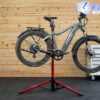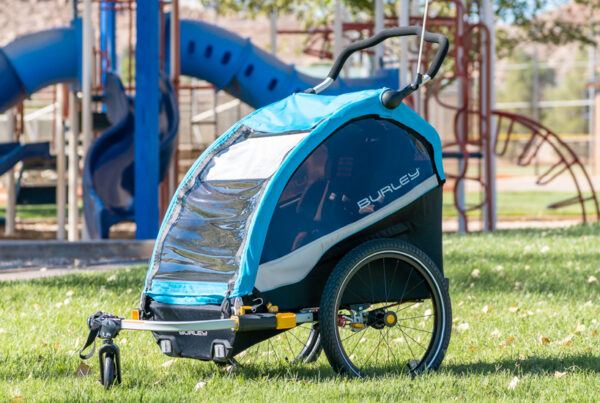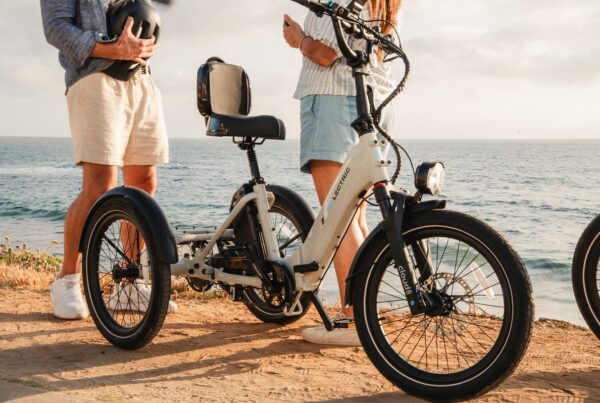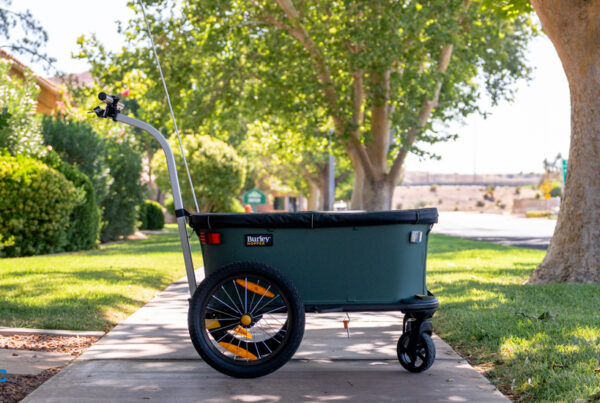
.
.
.
#TrekFXPlus1 #ElectricBikeReview #EcoFriendlyRide #BikeTech #ThrottleBike #EcoCommute #BikeInnovation #SustainableTransport #BikeLifestyle #EcoTech #BikeCommunity #GreenCommute #BikeEnthusiast #EcoRide #BikeReview
Source link
Trek FX+1 E-Bike: A Game-Changer in the E-Bike Market?
Trek, one of the most recognized names in the cycling industry, has made a bold move with the release of the FX+1 e-bike. Priced at $1,999, this model introduces a throttle feature for the first time in Trek’s FX series, marking a significant shift in its approach to e-bikes. This move not only targets the growing demand for throttle-enabled e-bikes but also challenges newer, value-focused brands like Aventon, Lectric, and Ride1Up, which have dominated this space in recent years.
Key Features and Innovations
Throttle and Motor
The FX+1 is equipped with a 500W Hyena rear hub motor delivering 60Nm of torque, making it one of the most powerful models in the FX series. Unlike the FX+2’s focus on lightweight assistance and the FX+7’s mid-drive setup, the FX+1 emphasizes a stronger, more accessible ride. The motor is paired with a torque sensor, which adjusts power dynamically based on pedal pressure, ensuring a smoother and more intuitive riding experience. The addition of a throttle offers riders flexibility—whether to assist with starts, climb hills, or simply cruise without pedaling.
Battery and Charging
The FX+1 features a 520Wh integrated downtube battery, offering a quoted range of up to 50 miles. While the battery isn’t designed for easy removal—limiting off-bike charging convenience—Trek introduces the EasyMag charger, a magnetic connector that reduces trip hazards and provides a sleek, wall-mountable unit with LED status indicators. This charging system, reminiscent of electric car chargers, enhances both safety and aesthetics.
App Integration
The Trek Central app allows riders to fine-tune motor output, estimate throttle and assist range, and activate a long-term storage mode to maintain battery health during off-seasons. This integration elevates the FX+1’s tech-savvy appeal, offering advanced ride metrics and navigation features.
Design and Specifications
Frame and Geometry
The FX+1 retains the lightweight aluminum frame and nimble geometry that have made the FX series popular. Available in both mid-step and high-step frames, it caters to a wide range of riders. The bike’s weight has increased to 48 lbs, a departure from the lighter FX models, raising questions about handling and maneuverability which reviewers are eager to explore.
Drivetrain and Brakes
The drivetrain consists of a Shimano setup with a 40t chainring and an 11-45t 8-speed cassette, providing a 410% gear range suitable for climbing and maintaining speed. Hydraulic disc brakes with 180mm rotors ensure reliable stopping power, a welcome feature given the bike’s weight and potential speeds.
Lighting and Accessories
Safety features include a 180-lumen headlight with side-view channels and a seatpost-mounted taillight with brake light and turn signal functions. The bike also supports fenders and rear racks, compatible with Trek’s accessories, enhancing its utility for commuting and leisure rides.
Tires and Display
The FX+1 is equipped with Bontrager GR0 Comp tires in 650x50mm, a hybrid gravel tire optimized for paved surfaces with some capability on light gravel. A color display provides easy access to metrics and power level adjustments, adding to the bike’s user-friendly design.
Market Implications and Industry Impact
Trek’s introduction of the FX+1 at a $2,000 price point is a strategic move to compete with newer e-bike brands that have captured market share with affordable, feature-rich models. This pricing strategy, combined with Trek’s established reputation, could disrupt the market and prompt other legacy brands to follow suit. Specialized’s Globe Haul ST, which also features a hub drive and optional throttle, was priced higher at around $3,000, making the FX+1’s entry even more competitive.
Questions and Expectations
As the FX+1 enters the market, several questions arise: How will the added weight affect its handling? Will the motor’s power alter the natural ride feel that Trek has traditionally emphasized? How will competing brands respond to Trek’s aggressive pricing and feature set? These are areas that reviewers and consumers will be keen to explore.
Conclusion
The Trek FX+1 represents a significant evolution in the e-bike market, blending Trek’s legacy with modern features that cater to current consumer demands. With its throttle option, competitive pricing, and advanced tech integrations, the FX+1 is poised to challenge both new-age e-bike brands and traditional players. As the e-bike industry continues to grow, Trek’s latest offering could mark a pivotal shift in how legacy brands approach this dynamic market. Stay tuned for a comprehensive review to see how the FX+1 performs in real-world conditions.







